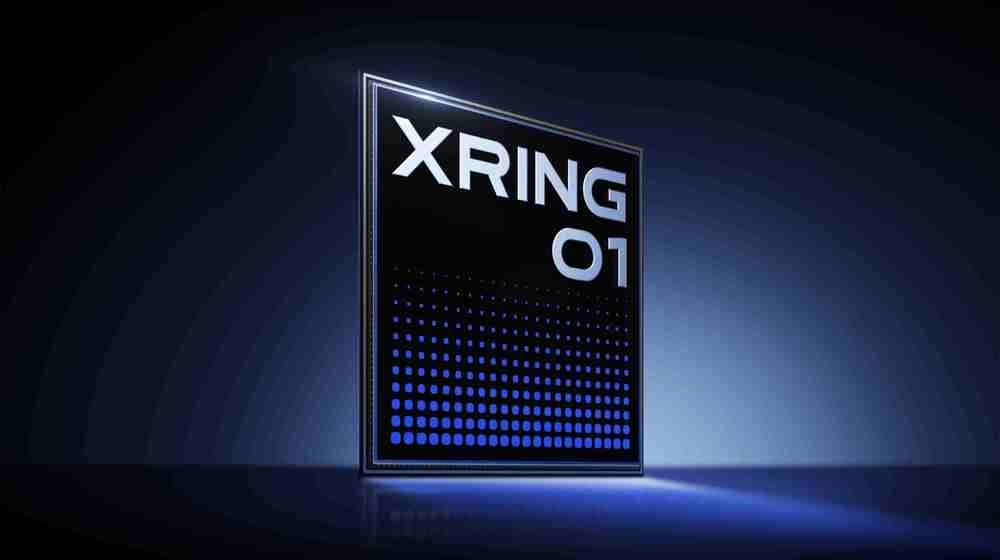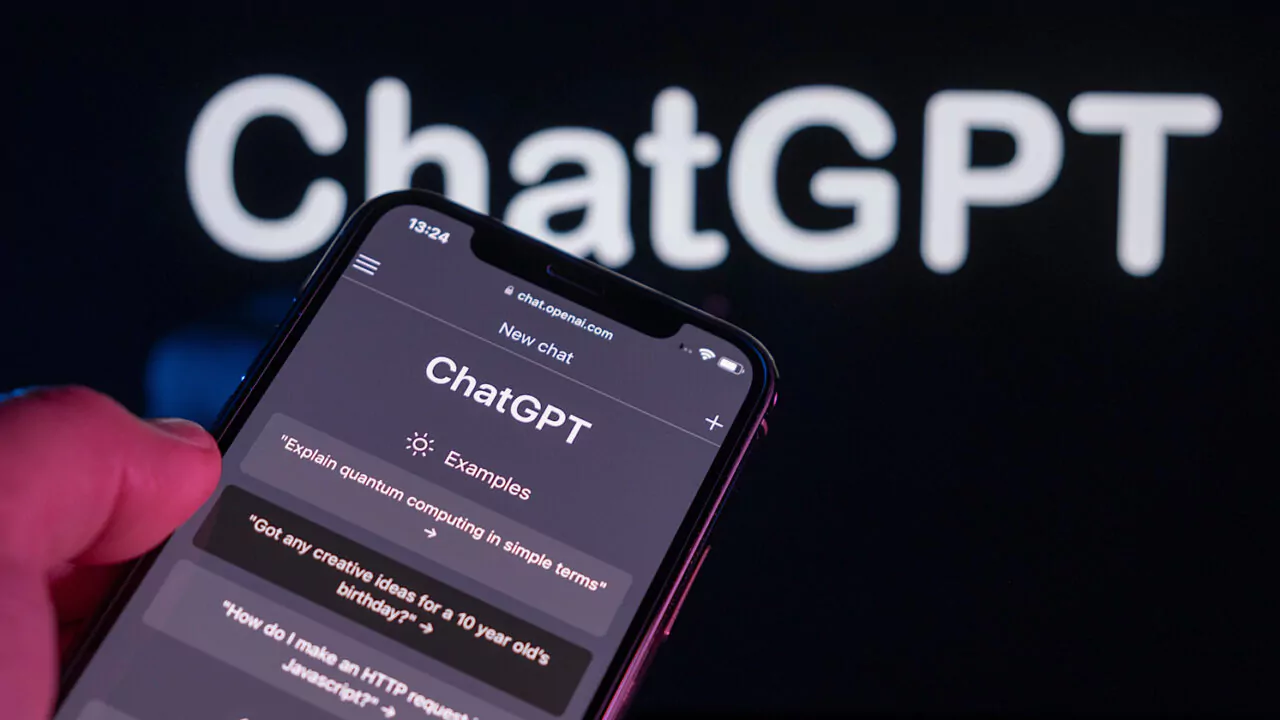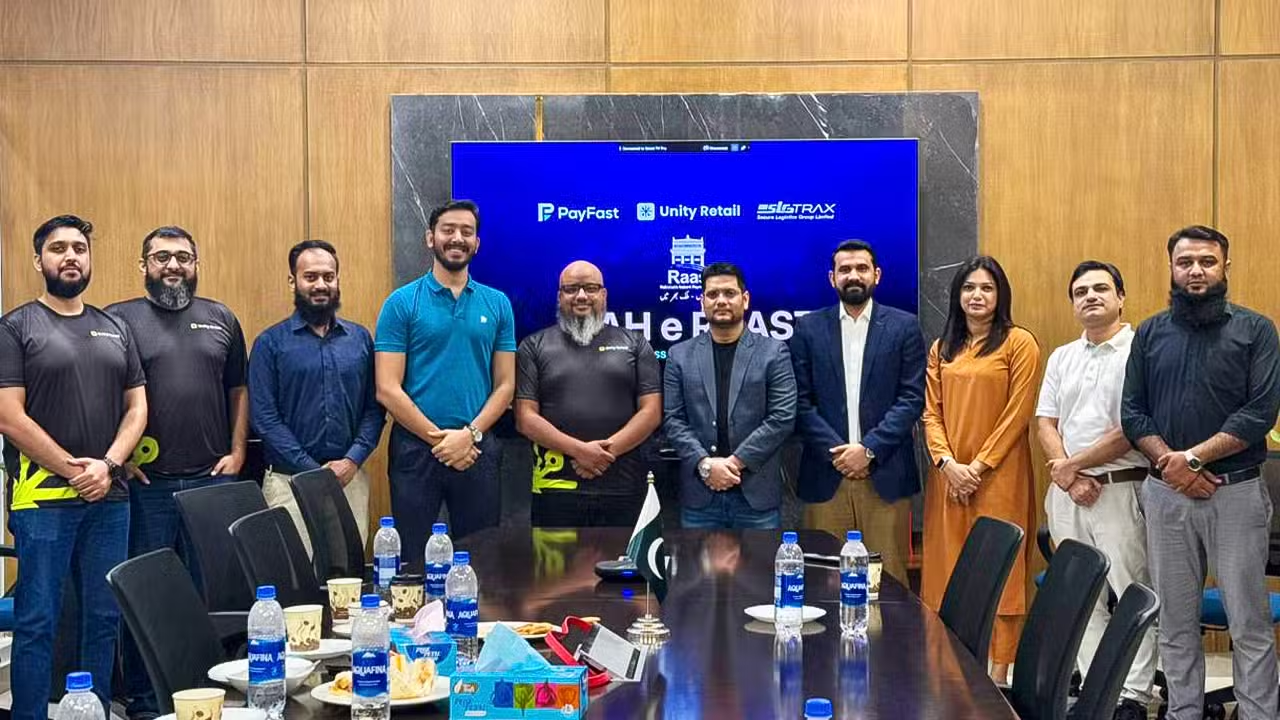Xiaomi has just shaken up the tech industry. At its 15th Anniversary Launch Conference, the Chinese tech giant announced the debut of its first self-developed flagship mobile processor—the XRING O1. With this launch, Xiaomi boldly steps into the elite high-performance system-on-chip (SoC) arena, aiming squarely at the likes of Apple, Qualcomm, and Samsung. And it’s already making headlines: the XRING O1 reportedly outperforms Apple’s A18 Pro in both graphics and power efficiency.
A Technological Marvel Built on 3nm Architecture
At the heart of Xiaomi’s XRING O1 is TSMC’s cutting-edge 3nm fabrication technology—the same used by industry leaders to produce their most powerful chips. The XRING O1 packs a staggering 19 billion transistors on a compact 109mm² die, putting it among the most advanced mobile processors ever built.
Xiaomi’s founder Lei Jun proudly declared that the XRING O1 places Xiaomi in the first echelon of global SoC developers—a bold but substantiated claim based on early benchmark numbers.
Next-Gen Performance: A 10-Core Powerhouse
The XRING O1’s secret weapon is its unique 10-core quad-cluster architecture, optimized for peak performance and energy efficiency. Here’s a breakdown:
- 2 Ultra-Large Cores clocked at up to 3.9 GHz
- 4 Performance Cores
- 2 Energy-Efficient Cores
- 2 Ultra-Efficient Cores
This flexible cluster design allows the chip to deliver high performance when needed and conserve power during less demanding tasks. According to benchmark data shared by Xiaomi, the XRING O1 achieved:
- AnTuTu Score: Over 3 million
- Single-Core Score: 3,000+
- Multi-Core Score: 9,500+
These scores position the XRING O1 among the top-performing mobile processors globally.
Outshining Apple’s A18 Pro in GPU & Efficiency
While Apple’s A18 Pro has long held the crown in mobile chip performance, Xiaomi claims the XRING O1 has taken the lead—especially in GPU power and sustained performance.
The chip includes the Immortalis-G925 GPU, featuring:
- 16 GPU cores
- Support for dynamic performance scaling
This allows the XRING O1 to adapt its graphical power based on the workload, delivering superior efficiency and performance during long gaming or AR/VR sessions. Xiaomi emphasized that, under sustained usage, the XRING O1 shows less thermal throttling and better battery management compared to the A18 Pro.
Expanding Horizons: From Phones to XR and Wearables
Beyond smartphones, Xiaomi sees broad potential for the XRING O1 across its growing product ecosystem. The chip’s architecture and performance metrics make it a strong candidate for AR/VR headsets, smart wearables, and possibly even in-car systems.
With Xiaomi’s ecosystem expanding rapidly into electric vehicles and AI-powered devices, having an in-house chip offers a serious edge.
Strategic Shift: Owning the Silicon
The XRING O1 signals a major strategic shift for Xiaomi. By developing its own chip, the company:
- Reduces reliance on third-party chipmakers like Qualcomm or MediaTek.
- Gains control over hardware-software optimization.
- Speeds up innovation cycles and customized features for Xiaomi devices.
This follows a trend among tech giants like Apple, Google, and Samsung, who are investing heavily in custom silicon to better differentiate their devices and maximize efficiency.
Flagship Phones and More
While Xiaomi hasn’t yet revealed which device will first ship with the XRING O1, the chip is expected to power upcoming flagship smartphones and AI-integrated smart devices. The company teased broader integration across its future products—including wearables and electric vehicles—during the launch event.
The XRING O1 was unveiled alongside several new product announcements, showcasing Xiaomi’s growing ambition to become a full-stack tech powerhouse. With the XRING O1, Xiaomi isn’t just launching a chip—it’s making a statement. The tech giant is now ready to compete head-to-head with Apple, Samsung, and Qualcomm, and possibly lead the next wave of mobile and AI innovation.



